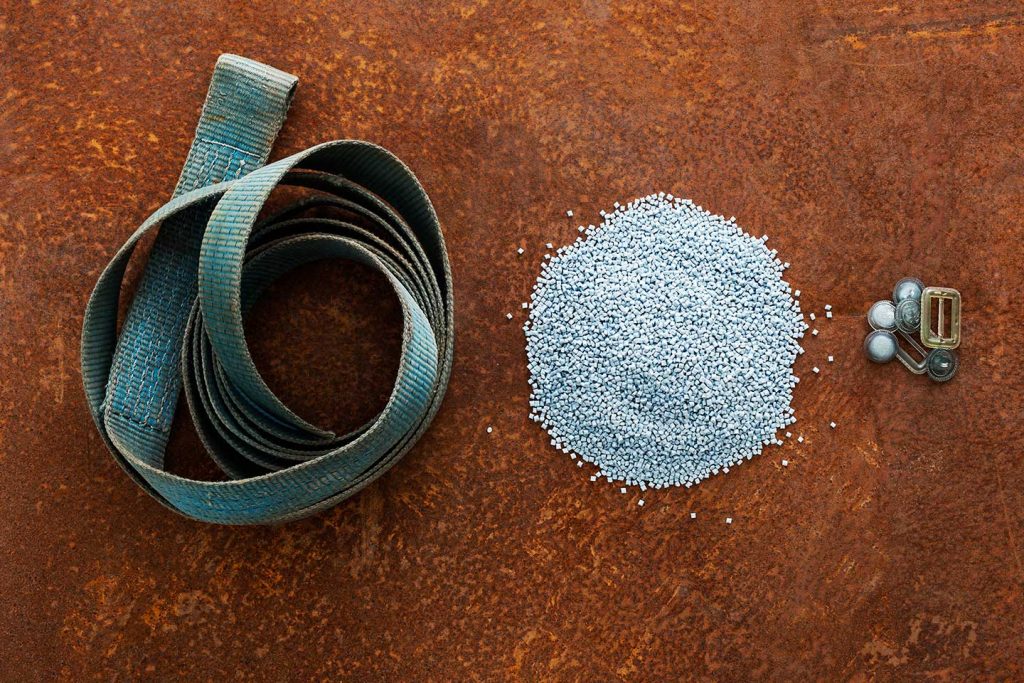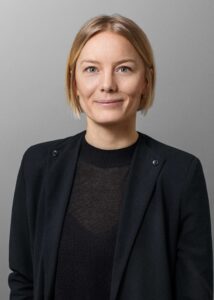Final report: Can industrial polyester be given new life in the fashion world?
2022.07.04
More collaboration between different industries, more innovative and large-scale recycling solutions, and greater traceability is required to give polyester waste from the heavy industry a new life in the fashion industry. These are some of the conclusions that emerge from the final report from the project “From waste to fashion” as a joint initiative from Axfoundation, Axel Johnson International, and Filippa K.
A great demand for polyester
Every year, more than 3,300 tons of polyester transport and lifting products from the industrial group Axel Johnson International enter the global market. The total Swedish market for these products is estimated at over 1,400 tons. The products are made of industrial polyester to withstand heavy lifting and safety. However, these products have a short life cycle, and in most cases, they are used only once or twice before they may be discarded due to logistics, safety, or insurance reasons.
The low price and the challenges of recycling mean that there are no incentives to reuse these products. At the same time, there is an increasing demand for recycled polyester from the fashion and textile industry.

The ambitious goal: To give polyester waste new life
In the project “From waste to fashion”, Axfoundation, Axel Johnson International, and Filippa K aimed at an ambitious goal: to give polyester waste from the heavy industry a new life as recycled material in the fashion industry and eventually in other industries.
The project showed the potential for the material to be recycled and become a resource in the fashion and textile industry, but several system challenges prevented the upscaling from piloting to a circular business model on an industrial scale.
In the project, together with our partners, we explored the possibilities of creating a new ecosystem for recycled polyester. We are now summarizing lessons and results in a new report that we hope can contribute to knowledge and insights. Both current system challenges that we have encountered along the way and development areas that we see can enable a way forward. – Hanna Skoog, program manager of Circular Economics at Axfoundation.
Five main lessons
The project identified five key development areas to enable a circular business model for polyester:
- Innovation and upscaling of recycling techniques
- Socially, economically, and environmentally sustainable withdrawal systems
- Increased transparency and information about the composition and origin of the materials
- Partnership
- The right market conditions for secondary materials
Results and lessons learned from the project that took place from 2018 – 2021 are now compiled in the project report.



























